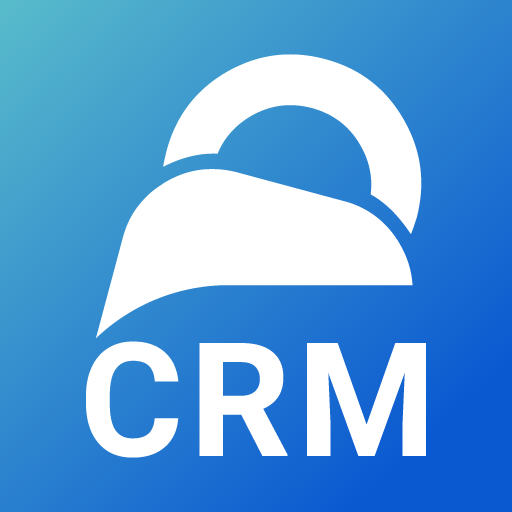In today’s competitive sales landscape, businesses need more than just a CRM—they need actionable insights derived from real-time data. That’s where Salesforce CRM Analytics (formerly known as Tableau CRM) comes into play. As a powerful analytics tool within the Salesforce ecosystem, it helps businesses transform CRM data into interactive dashboards, predictive insights, and actionable strategies.
This guide explores the key features, benefits, and use cases of Salesforce CRM Analytics, along with tips to maximize its value for your sales and customer service teams.
What is Salesforce CRM Analytics?
Salesforce CRM Analytics is an advanced analytics platform embedded within Salesforce. It provides visual dashboards, predictive analytics, AI-powered recommendations, and real-time reporting, helping sales, marketing, and customer service teams make smarter decisions based on their CRM data.
Unlike standard reports, Salesforce CRM Analytics offers deep data exploration, dynamic visualizations, and AI-driven insights, making it a powerful tool for data-driven organizations.
Key Features of Salesforce CRM Analytics
✅ Pre-Built Dashboards: Get instant insights with ready-to-use templates for sales performance, pipeline health, and customer service metrics.
✅ Customizable Reports: Tailor reports and dashboards to match your specific KPIs.
✅ AI-Powered Insights: Use Einstein Discovery to uncover trends, anomalies, and predictive outcomes.
✅ Cross-Cloud Data Integration: Analyze data from Sales Cloud, Service Cloud, Marketing Cloud, and external sources.
✅ Mobile Access: View and interact with dashboards from any device.
✅ Drill-Down Capabilities: Click into data points to reveal granular insights.
Benefits of Using Salesforce CRM Analytics
🔹 Data-Driven Decision Making: Equip teams with real-time insights into sales performance and customer trends.
🔹 Sales Forecast Accuracy: Use historical data and predictive analytics to improve forecast reliability.
🔹 Performance Transparency: Managers can monitor rep performance, pipeline movement, and lead conversion rates at a glance.
🔹 Customer Experience Enhancement: Identify service bottlenecks and improve customer satisfaction through real-time service metrics.
🔹 Proactive Strategy Adjustments: Spot potential issues and opportunities early with AI-powered alerts.
Key Use Cases for Salesforce CRM Analytics
| Use Case | How CRM Analytics Helps |
|---|---|
| Sales Performance Tracking | Monitor team quotas, closed deals, and pipeline health. |
| Lead Conversion Analysis | Identify which lead sources and sales tactics yield the highest conversions. |
| Customer Service Metrics | Track case resolution times, customer satisfaction scores, and service rep productivity. |
| Forecasting & Revenue Projections | Use predictive models to anticipate future revenue and sales trends. |
| Marketing Attribution | Analyze campaign performance and understand which efforts drive the most leads and deals. |
How Salesforce CRM Analytics Compares to Standard Salesforce Reports
| Feature | Standard Reports | Salesforce CRM Analytics |
| Customization | ✅ Limited | ✅ Fully customizable |
| AI & Predictive Insights | ❌ No | ✅ Yes (Einstein Discovery) |
| Visualization Options | ✅ Basic Charts | ✅ Advanced Dashboards & Visuals |
| Cross-Cloud Data Analysis | ❌ No | ✅ Yes |
| Mobile Interactivity | ✅ Limited | ✅ Full Interactive Dashboards |
Best Practices for Using Salesforce CRM Analytics
✔️ Define Clear KPIs: Identify the most important metrics for sales, marketing, and service teams.
✔️ Leverage Templates: Start with pre-built dashboards and customize as needed.
✔️ Involve Stakeholders: Work with sales managers, marketing teams, and service leaders to align analytics with real-world goals.
✔️ Automate Alerts: Set up alerts for performance deviations so you can react quickly.
✔️ Continuously Optimize: Regularly review dashboards to ensure relevance as your business evolves.
Integration Capabilities
Salesforce CRM Analytics can pull data from:
- Sales Cloud (opportunities, leads, accounts)
- Service Cloud (cases, service contracts)
- Marketing Cloud (campaign performance, email metrics)
- External Data Sources (databases, spreadsheets, third-party systems)
Conclusion
For companies using Salesforce, upgrading to Salesforce CRM Analytics unlocks the power of data-driven decision making. By combining visual storytelling, AI-powered predictions, and real-time insights, businesses can boost sales productivity, optimize marketing efforts, and enhance customer service quality.
Whether you’re managing a B2B sales pipeline or a high-volume customer service team, Salesforce CRM Analytics helps you make smarter, faster decisions with confidence.
